Home>Furniture & Design>Interior Design Trends>How To Remove Chemical Stains From Glass
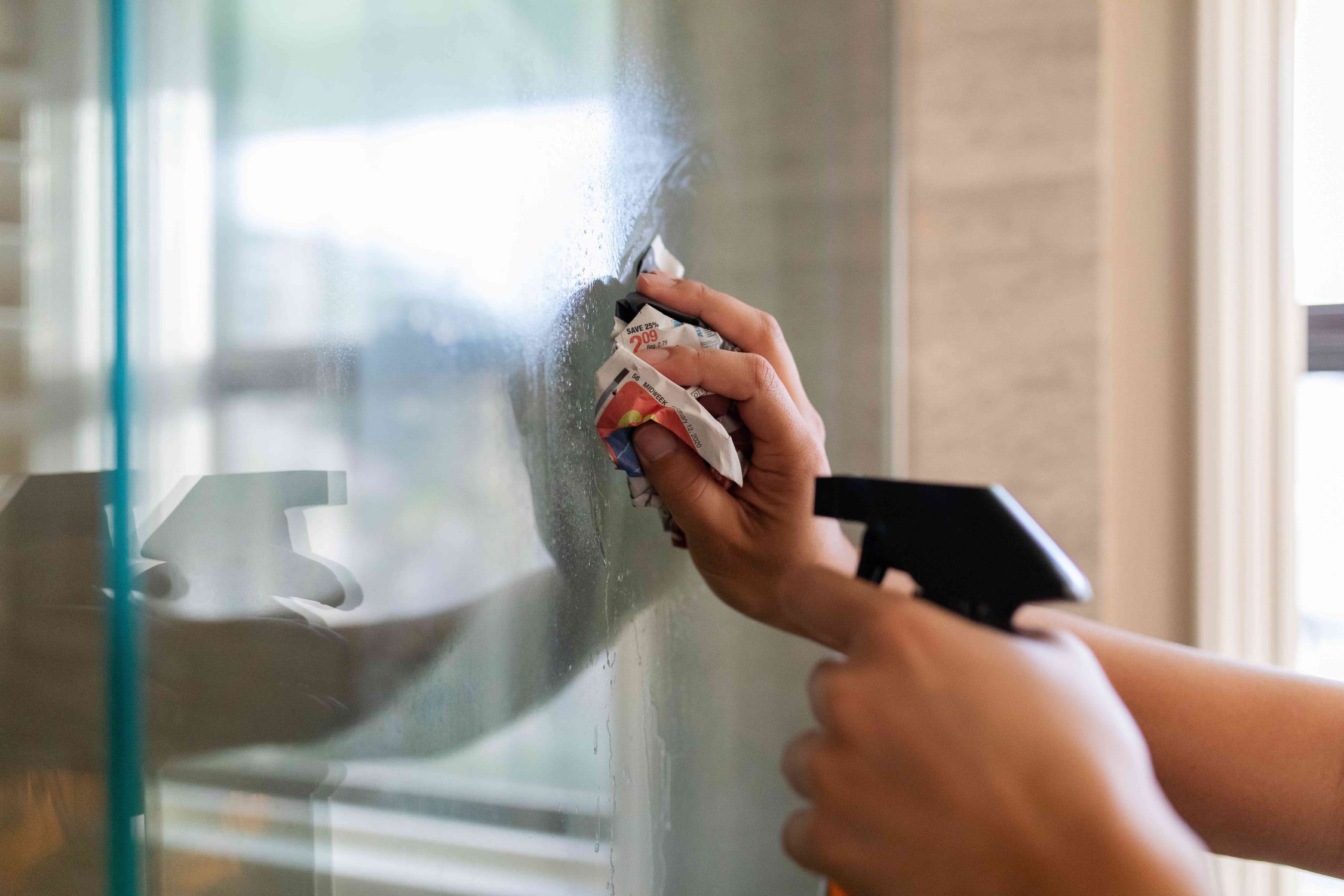

Interior Design Trends
How To Remove Chemical Stains From Glass
Modified: March 19, 2024
Learn effective techniques for removing chemical stains from glass surfaces and keep up with the latest interior design trends. Discover expert tips and tricks for a spotless, trendsetting space.
(Many of the links in this article redirect to a specific reviewed product. Your purchase of these products through affiliate links helps to generate commission for Storables.com, at no extra cost. Learn more)
Introduction
Glass is a versatile and elegant material that adds a touch of sophistication to any space. Whether it's the pristine windows of a high-rise building, the sleek glass tabletops in a modern living room, or the sparkling glassware in a kitchen, glass is a ubiquitous feature in our daily lives. However, despite its beauty and utility, glass is susceptible to unsightly chemical stains that can mar its pristine appearance.
Chemical stains on glass can result from a variety of sources, including hard water deposits, mineral buildup, or even accidental splashes of acidic substances. These stains not only detract from the aesthetic appeal of the glass but can also compromise its structural integrity over time if left untreated.
In this comprehensive guide, we will delve into the intricacies of understanding and effectively removing chemical stains from glass surfaces. By gaining insight into the common causes of chemical stains and equipping ourselves with the necessary tools and techniques, we can restore the luster and clarity of glass surfaces with confidence.
Join us as we explore the art and science of rejuvenating glass, uncovering the secrets to banishing chemical stains and preserving the timeless allure of this transparent marvel. Whether you're a homeowner, a business owner, or a dedicated cleaning professional, this guide will empower you to tackle chemical stains on glass with finesse and precision.
So, let's embark on this enlightening journey and unlock the secrets to achieving pristine, spotless glass surfaces that exude brilliance and charm.
Key Takeaways:
- Say goodbye to chemical stains on glass by using gentle cleaning solutions like white vinegar and baking soda. Prevent future stains with regular maintenance and protective coatings for lasting brilliance.
- Understanding the causes of chemical stains and using the right tools like microfiber cloths and plastic scrapers can help restore the timeless allure of glass surfaces.
Read more: How To Remove Stains From Glass Windows
Understanding Chemical Stains on Glass
Understanding the nature of chemical stains on glass is crucial for effectively addressing and preventing them. Chemical stains can manifest in various forms, including water spots, mineral deposits, and etching caused by acidic substances. Water spots, often referred to as hard water stains, result from the mineral content in water, such as calcium and magnesium, leaving behind unsightly residues when the water evaporates. These spots can accumulate on glass surfaces over time, creating a cloudy or hazy appearance that diminishes the transparency of the glass.
Mineral deposits, another common type of chemical stain, occur when minerals from water or cleaning products build up on the glass surface, forming stubborn, crusty residues. These deposits can be particularly challenging to remove and may require specialized cleaning techniques to effectively eliminate them.
Additionally, glass can suffer from etching, which occurs when acidic substances, such as vinegar or certain cleaning solutions, come into contact with the surface. This chemical reaction can result in visible marks or dull spots on the glass, compromising its smooth and reflective finish.
It's important to note that the composition of the glass itself can influence its susceptibility to chemical stains. For instance, tempered glass, while known for its durability, can still be vulnerable to chemical damage if exposed to harsh substances or abrasive cleaning methods. Understanding the specific type of glass and its inherent characteristics is essential for devising appropriate stain removal strategies.
By gaining a deeper understanding of the various forms of chemical stains and their underlying causes, we can tailor our approach to effectively address each type of stain. Armed with this knowledge, we can proceed to explore the specific tools and techniques required to tackle chemical stains on glass surfaces, ensuring a thorough and successful restoration process.
Common Chemical Stains and Their Causes
Chemical stains on glass can arise from a variety of sources, each with its distinct characteristics and underlying causes. Understanding these common chemical stains and their root causes is essential for devising effective removal and prevention strategies.
-
Hard Water Spots: Hard water spots, also known as mineral deposits, are a prevalent form of chemical stain on glass surfaces. These spots result from the mineral content present in hard water, such as calcium and magnesium. When hard water dries on glass, it leaves behind mineral residues, leading to the formation of cloudy or hazy spots. The accumulation of these mineral deposits over time can significantly diminish the transparency and visual clarity of the glass.
-
Mineral Buildup: In addition to hard water spots, glass surfaces can also be affected by mineral buildup from various sources, including water used for cleaning or environmental exposure. The minerals present in water or cleaning products can accumulate on the glass, forming stubborn, crusty deposits that are challenging to remove. The buildup of minerals can result in unsightly streaks and patches, detracting from the pristine appearance of the glass.
-
Etching from Acidic Substances: Glass is susceptible to etching when it comes into contact with acidic substances, such as vinegar or certain cleaning solutions. The acidic nature of these substances can react with the glass surface, leading to visible marks, dull spots, or even a frosted appearance. Etching compromises the smooth and reflective finish of the glass, diminishing its aesthetic appeal and creating a need for specialized restoration techniques.
-
Chemical Residue from Cleaning Products: The use of certain cleaning products, especially those containing harsh chemicals or abrasive components, can leave behind chemical residues on glass surfaces. These residues may manifest as streaks, smudges, or discoloration, detracting from the pristine look of the glass. Improper rinsing or inadequate removal of cleaning product residues can contribute to the persistence of these chemical stains.
By identifying these common chemical stains and their underlying causes, we can tailor our approach to effectively address each type of stain. Moreover, gaining insight into the specific sources of chemical stains enables us to implement preventive measures to safeguard glass surfaces from future staining. Armed with this knowledge, we can proceed to explore the specific tools and techniques required for successful removal of chemical stains from glass.
Tools and Materials Needed for Removing Chemical Stains
When it comes to effectively removing chemical stains from glass surfaces, having the right tools and materials at your disposal is paramount. Equipping yourself with the appropriate resources ensures that you can tackle the stains with precision and achieve optimal results. Here's a comprehensive list of essential tools and materials needed for removing chemical stains from glass:
Tools:
-
Microfiber Cloths: These soft and non-abrasive cloths are ideal for gentle cleaning and polishing of glass surfaces. They effectively lift and trap dirt, grime, and chemical residues without scratching the glass.
-
Squeegee: A high-quality squeegee with a rubber blade facilitates the removal of cleaning solutions and water, leaving the glass streak-free and crystal clear.
-
Plastic Scraper: A plastic scraper with a sharp edge is useful for gently removing stubborn deposits and residues from the glass without causing damage.
-
Spray Bottle: An empty spray bottle allows you to create and apply your own cleaning solutions, ensuring precise and controlled application on the affected areas.
-
Soft Bristle Brush: A soft-bristled brush, such as a detailing brush or a toothbrush, aids in reaching and agitating stubborn stains and deposits, particularly in hard-to-reach crevices and edges.
-
Rubbing Alcohol: This versatile solvent effectively dissolves and removes adhesive residues, grease, and certain types of chemical stains from glass surfaces.
-
White Vinegar: A natural and mild acid, white vinegar is an effective solution for combating hard water spots and mineral deposits on glass. It helps dissolve and loosen the mineral residues for easier removal.
Materials:
-
Distilled Water: Using distilled water in your cleaning solutions helps prevent the introduction of additional minerals or impurities that could exacerbate chemical stains on glass.
-
Glass Cleaner: Opt for a high-quality, ammonia-free glass cleaner to effectively remove general dirt and grime, preparing the surface for targeted stain removal.
-
Baking Soda: This household staple serves as a gentle abrasive when mixed with water, aiding in the removal of tough stains and residues without scratching the glass.
-
Commercial Glass Polish or Compound: For more stubborn or deeply ingrained stains, a commercial glass polish or compound can provide the necessary abrasive action to restore the glass's clarity and luster.
-
Lemon Juice: The natural acidity of lemon juice makes it a valuable ingredient for combating hard water spots and mineral buildup on glass surfaces.
By assembling these essential tools and materials, you'll be well-prepared to embark on the journey of removing chemical stains from glass with confidence and precision. With the right resources at your disposal, you can effectively restore the pristine beauty of glass surfaces, ensuring they remain a shining testament to elegance and clarity.
Step-by-Step Guide to Removing Chemical Stains from Glass
-
Assess the Stains: Begin by carefully examining the glass surface to identify the type and extent of the chemical stains. Differentiate between hard water spots, mineral deposits, and etching to determine the most suitable removal approach.
-
Prepare the Cleaning Solution: In a spray bottle, mix equal parts of white vinegar and distilled water to create a natural and effective cleaning solution for combating hard water spots and mineral buildup. For more stubborn stains, consider using a paste made from baking soda and water.
-
Apply the Cleaning Solution: Liberally spray the cleaning solution onto the affected areas, ensuring thorough coverage of the chemical stains. Allow the solution to sit for a few minutes to penetrate and loosen the residues.
-
Gentle Agitation: Using a soft bristle brush or a microfiber cloth, gently agitate the stained areas to dislodge the mineral deposits or residues. Avoid using abrasive materials that could scratch the glass surface.
-
Rinse and Wipe: After allowing the cleaning solution to work its magic, rinse the glass surface with clean water to remove the loosened residues. Use a squeegee to wipe away the excess water, leaving the glass surface damp but not dripping.
-
Targeted Treatment for Etching: If the glass exhibits signs of etching from acidic substances, apply a small amount of rubbing alcohol to a microfiber cloth and gently rub the affected areas. This helps dissolve and remove the etched marks without further compromising the glass.
-
Specialized Removal for Stubborn Stains: For persistent or deeply ingrained chemical stains, consider using a plastic scraper to delicately lift the residues from the glass surface. Exercise caution to avoid scratching the glass, and always work in a controlled and deliberate manner.
-
Polishing and Final Rinse: Once the stains have been successfully removed, polish the glass surface with a clean microfiber cloth to restore its luster and clarity. Perform a final rinse with distilled water to ensure the removal of any remaining residues or cleaning solution.
-
Inspect and Repeat if Necessary: Thoroughly inspect the glass surface to ensure that the chemical stains have been effectively eliminated. If any stubborn residues persist, consider repeating the targeted removal process or employing a commercial glass polish or compound for additional restoration.
By following this step-by-step guide, you can confidently tackle chemical stains on glass surfaces, restoring their pristine appearance and ensuring a lasting brilliance that enhances the overall aesthetic of any space. With patience, precision, and the right techniques, you can bid farewell to chemical stains and revel in the timeless allure of spotless, gleaming glass.
Preventing Future Chemical Stains on Glass
Preventing future chemical stains on glass is essential for maintaining its pristine appearance and prolonging its longevity. By implementing proactive measures and adopting a preventive mindset, you can safeguard glass surfaces from the detrimental effects of hard water spots, mineral buildup, and etching caused by acidic substances. Here are effective strategies to prevent future chemical stains on glass:
Regular Maintenance and Cleaning
Consistent and thorough cleaning of glass surfaces is paramount in preventing the accumulation of chemical stains. Establish a regular cleaning schedule to remove dirt, grime, and mineral residues before they have the chance to solidify and form stubborn stains. Use a high-quality, ammonia-free glass cleaner and soft microfiber cloths to maintain the clarity and brilliance of the glass.
Read more: How To Remove Hard Water Stains From Glass
Use of Distilled Water
When cleaning glass surfaces, opt for distilled water instead of tap water, especially in areas with high mineral content. Distilled water lacks the impurities and minerals present in tap water, reducing the likelihood of leaving behind mineral deposits and hard water spots during the cleaning process.
Protective Coatings and Treatments
Consider applying protective coatings or treatments specifically designed for glass surfaces. These coatings create a barrier that repels water, minerals, and other substances, minimizing their ability to adhere to the glass. Additionally, certain treatments can enhance the glass's resistance to etching from acidic substances, providing an added layer of defense against chemical stains.
Mindful Product Selection
Be discerning in the selection of cleaning products used on glass surfaces. Opt for gentle, non-abrasive cleaners that are formulated specifically for glass. Avoid products containing harsh chemicals or abrasive components that can leave behind chemical residues or compromise the integrity of the glass.
Prompt Spill and Stain Removal
In environments where glass surfaces are susceptible to accidental spills of acidic substances or other chemicals, prompt removal is crucial. Immediately address any spills by thoroughly rinsing the affected areas with water and drying them to prevent the substances from causing etching or staining.
Read more: How To Remove Water Stains From Car Glass
Educate and Train Personnel
In commercial settings or facilities with extensive glass installations, educate and train personnel on proper cleaning techniques and the importance of preventive measures. By instilling a culture of care and attentiveness, you can minimize the risk of chemical stains and preserve the pristine condition of glass surfaces.
By integrating these preventive strategies into your glass maintenance regimen, you can effectively mitigate the risk of future chemical stains, ensuring that glass surfaces retain their clarity, brilliance, and enduring allure. Proactive care and thoughtful maintenance not only enhance the visual appeal of glass but also contribute to its long-term resilience and beauty.
Conclusion
In conclusion, the art of removing chemical stains from glass surfaces is a delicate yet rewarding endeavor that demands a blend of knowledge, precision, and the right tools. By understanding the nature of chemical stains, identifying their common causes, and equipping ourselves with the necessary resources, we can effectively restore the pristine clarity and brilliance of glass.
Throughout this comprehensive guide, we have explored the multifaceted realm of chemical stains on glass, delving into the nuances of hard water spots, mineral buildup, etching, and the residues left by cleaning products. Armed with this understanding, we have uncovered a step-by-step approach to removing these stains, from gentle agitation and targeted treatments to specialized removal techniques for stubborn residues.
Furthermore, we have emphasized the importance of preventive measures in safeguarding glass surfaces from future chemical stains. By embracing regular maintenance, the use of distilled water, protective coatings, and mindful product selection, we can proactively preserve the timeless allure of glass, ensuring its enduring clarity and brilliance.
As we bid farewell to chemical stains and embrace the transformative power of restoration, it becomes evident that the beauty of glass extends far beyond its transparent facade. It embodies elegance, resilience, and the potential for timeless radiance when treated with care and expertise.
In the realm of interior design, glass stands as a symbol of sophistication and modernity, gracing spaces with its luminous presence. Whether adorning architectural marvels, contemporary homes, or commercial establishments, glass serves as a testament to human ingenuity and the allure of transparency.
As we conclude this enlightening journey through the realm of glass restoration, let us carry forth the knowledge and techniques garnered, empowering ourselves to preserve the clarity and brilliance of glass surfaces with unwavering dedication. By embracing the art and science of glass maintenance, we contribute to the enduring legacy of this transparent marvel, ensuring that its radiance continues to captivate and inspire for generations to come.
Frequently Asked Questions about How To Remove Chemical Stains From Glass
Was this page helpful?
At Storables.com, we guarantee accurate and reliable information. Our content, validated by Expert Board Contributors, is crafted following stringent Editorial Policies. We're committed to providing you with well-researched, expert-backed insights for all your informational needs.
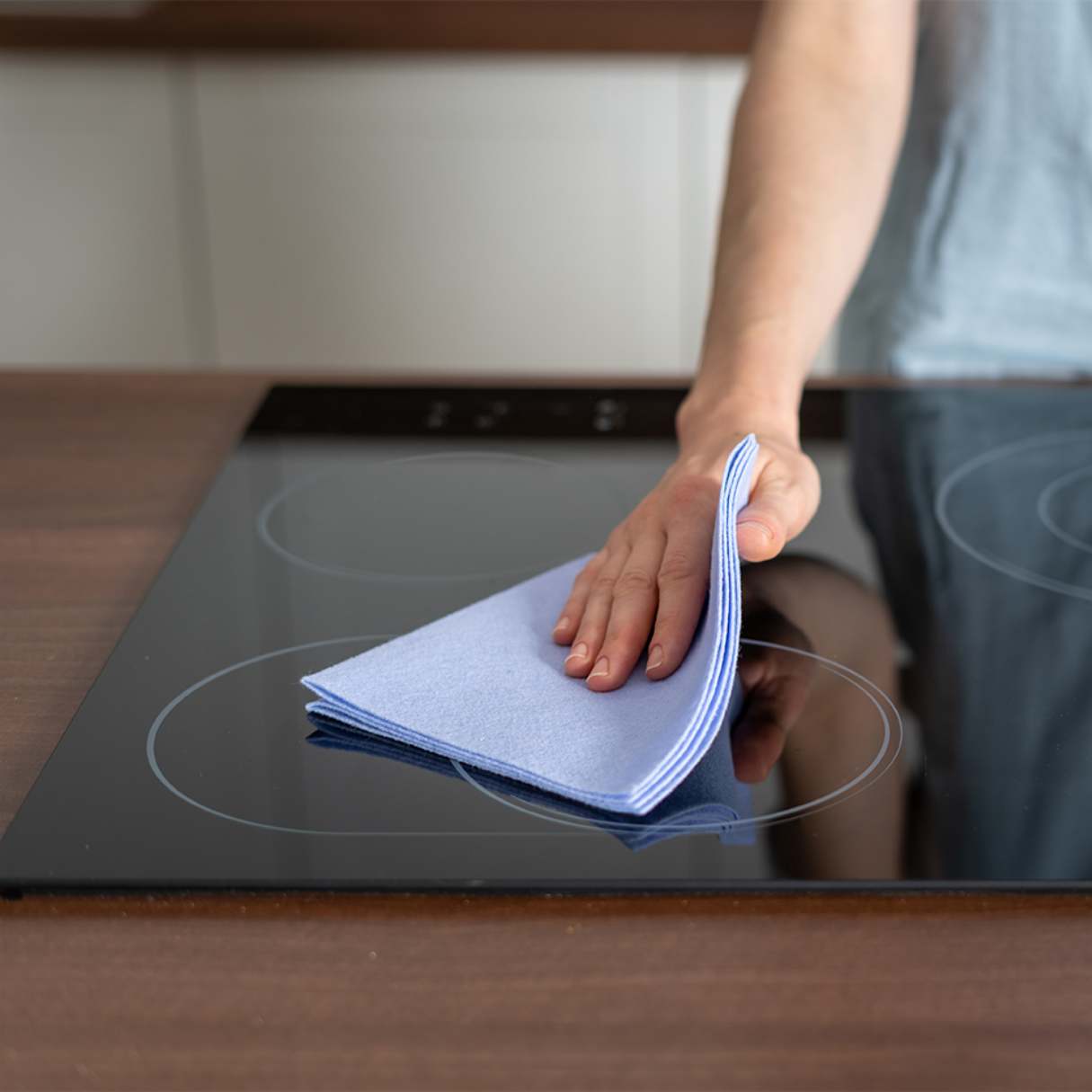
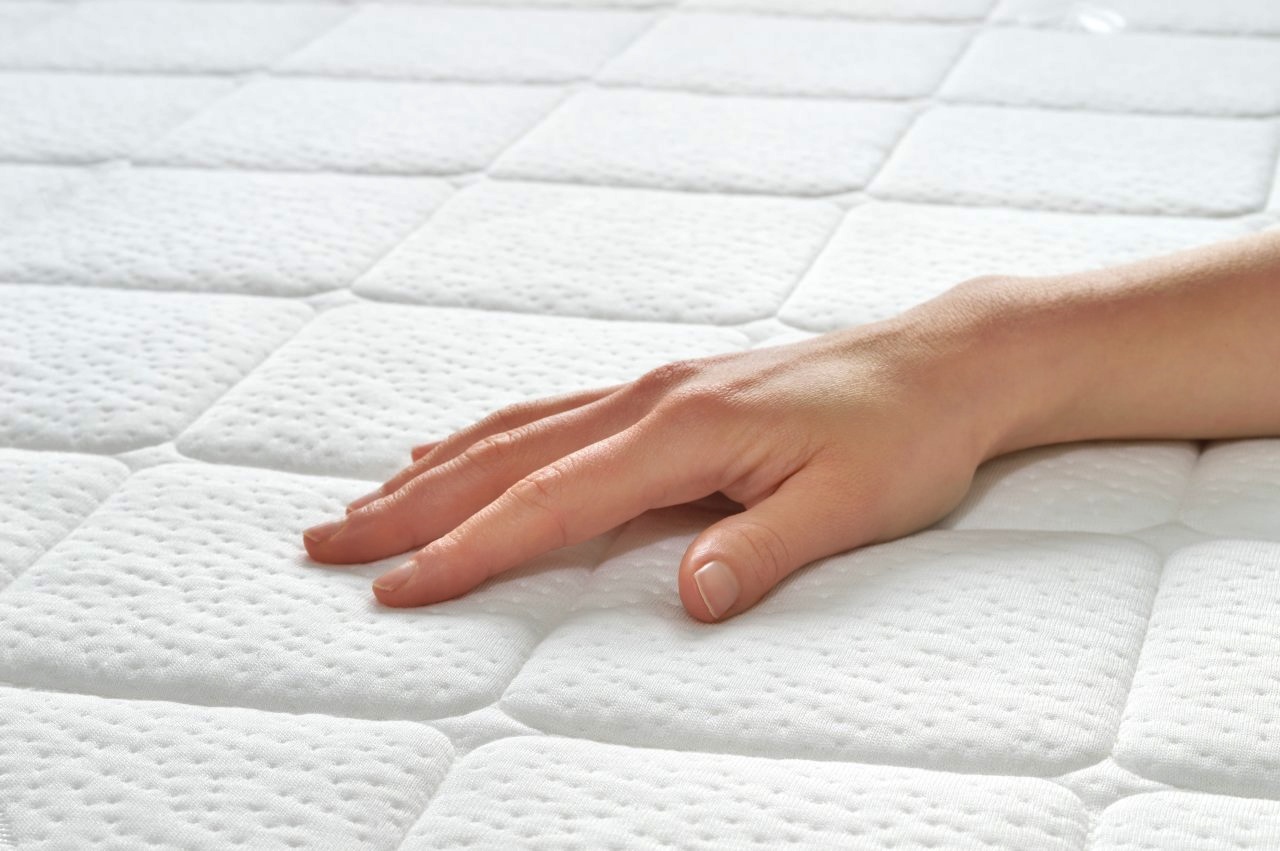
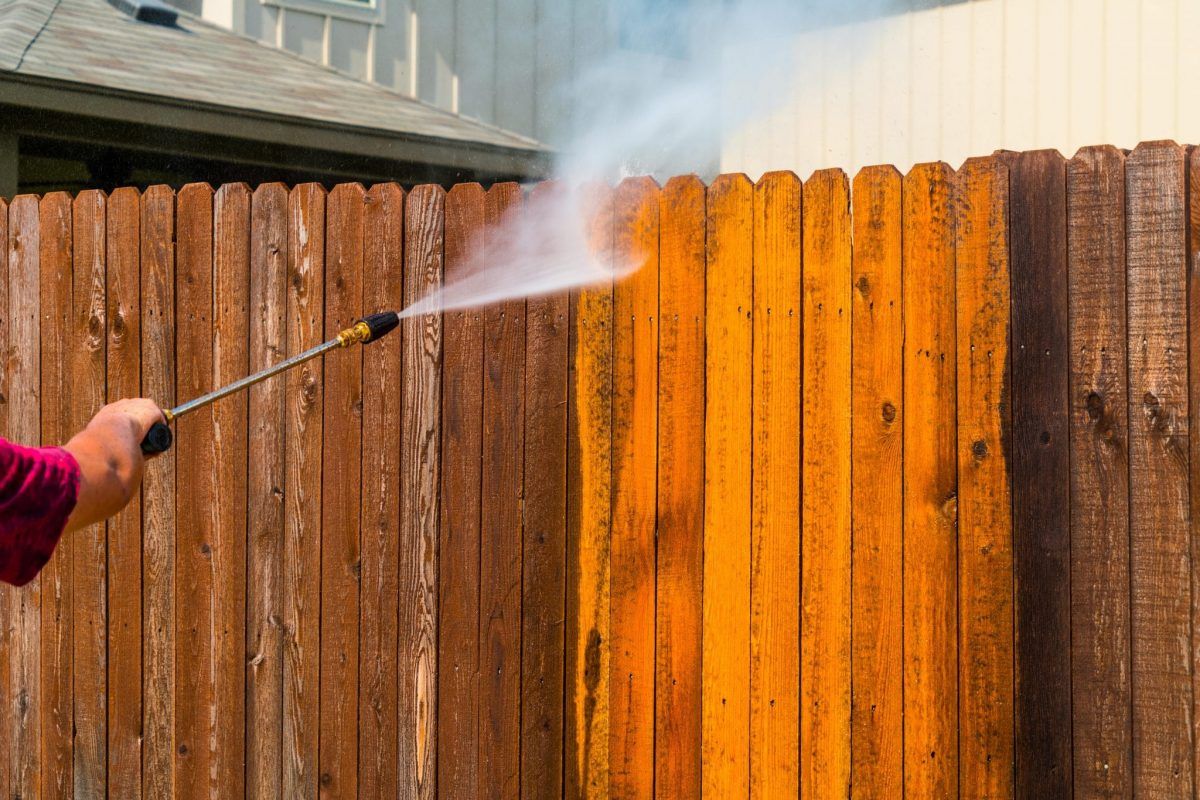

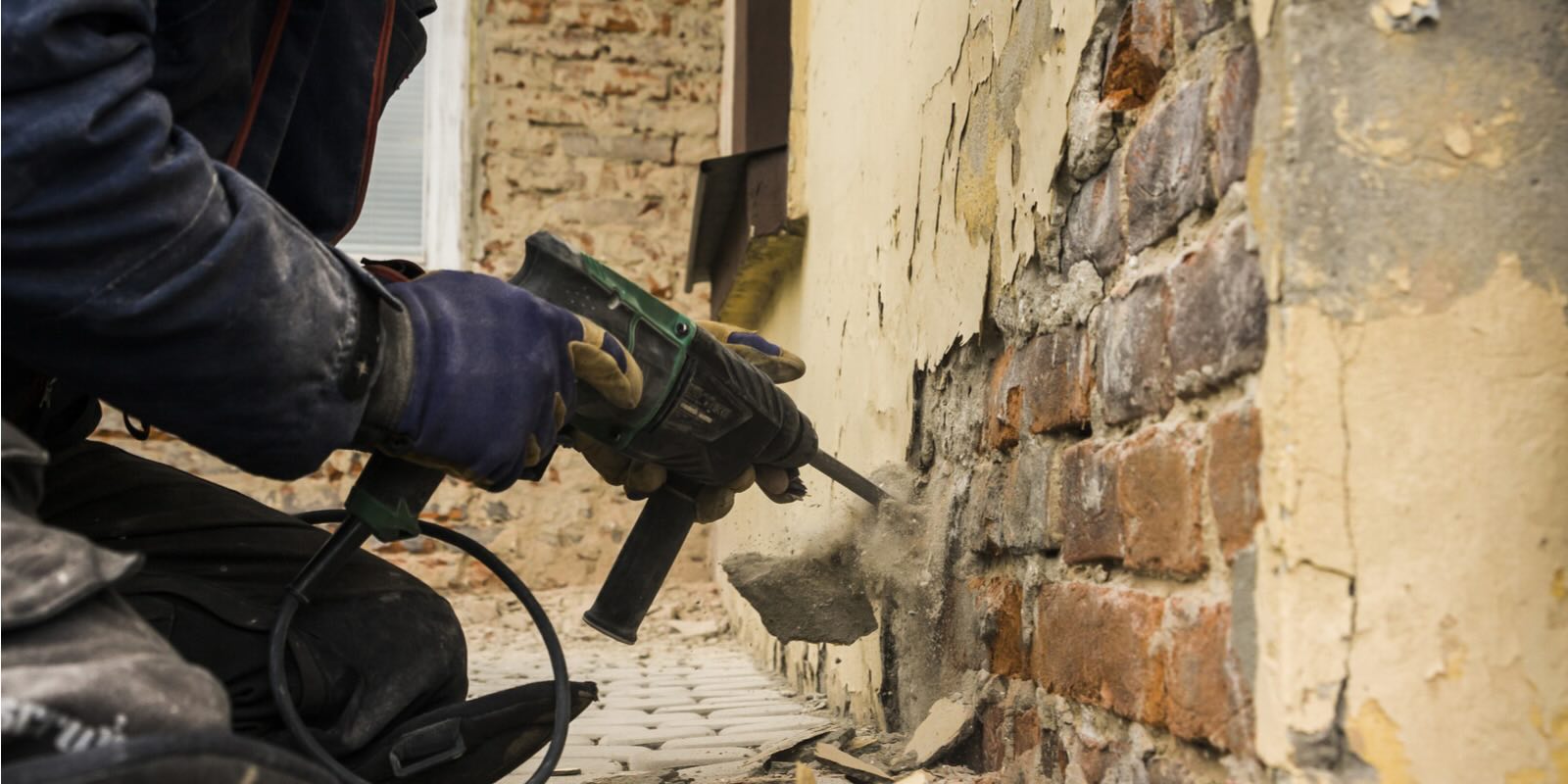
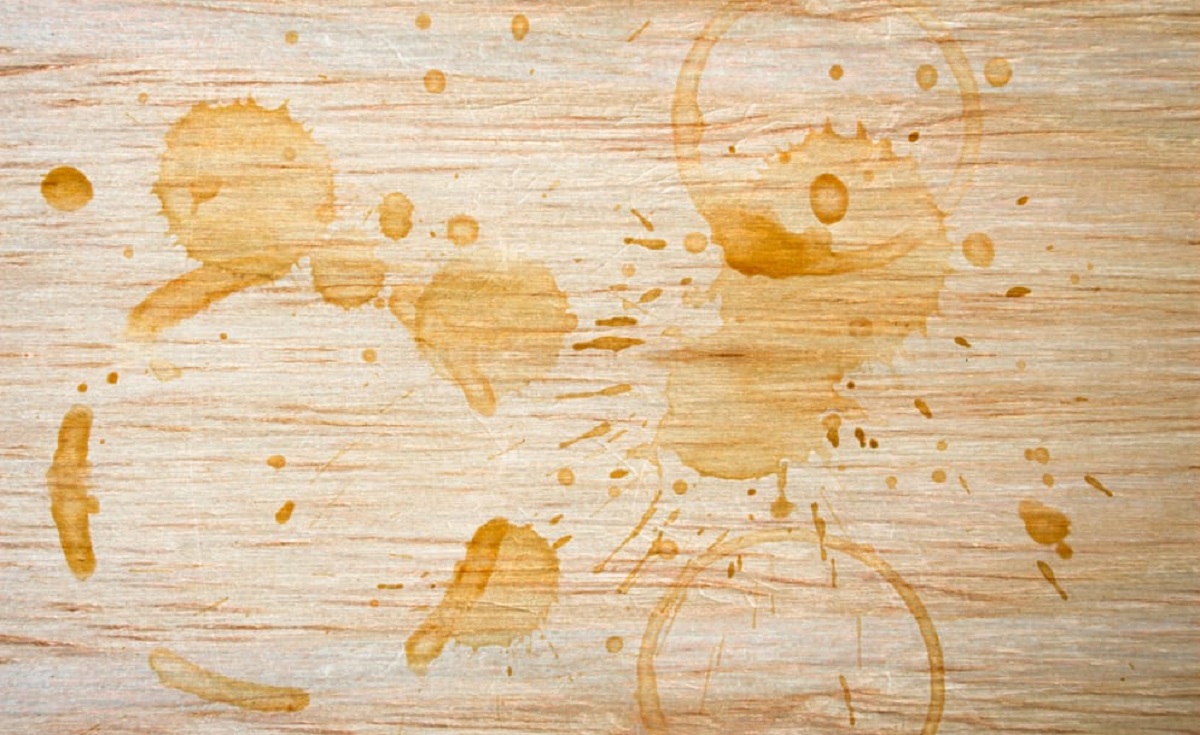

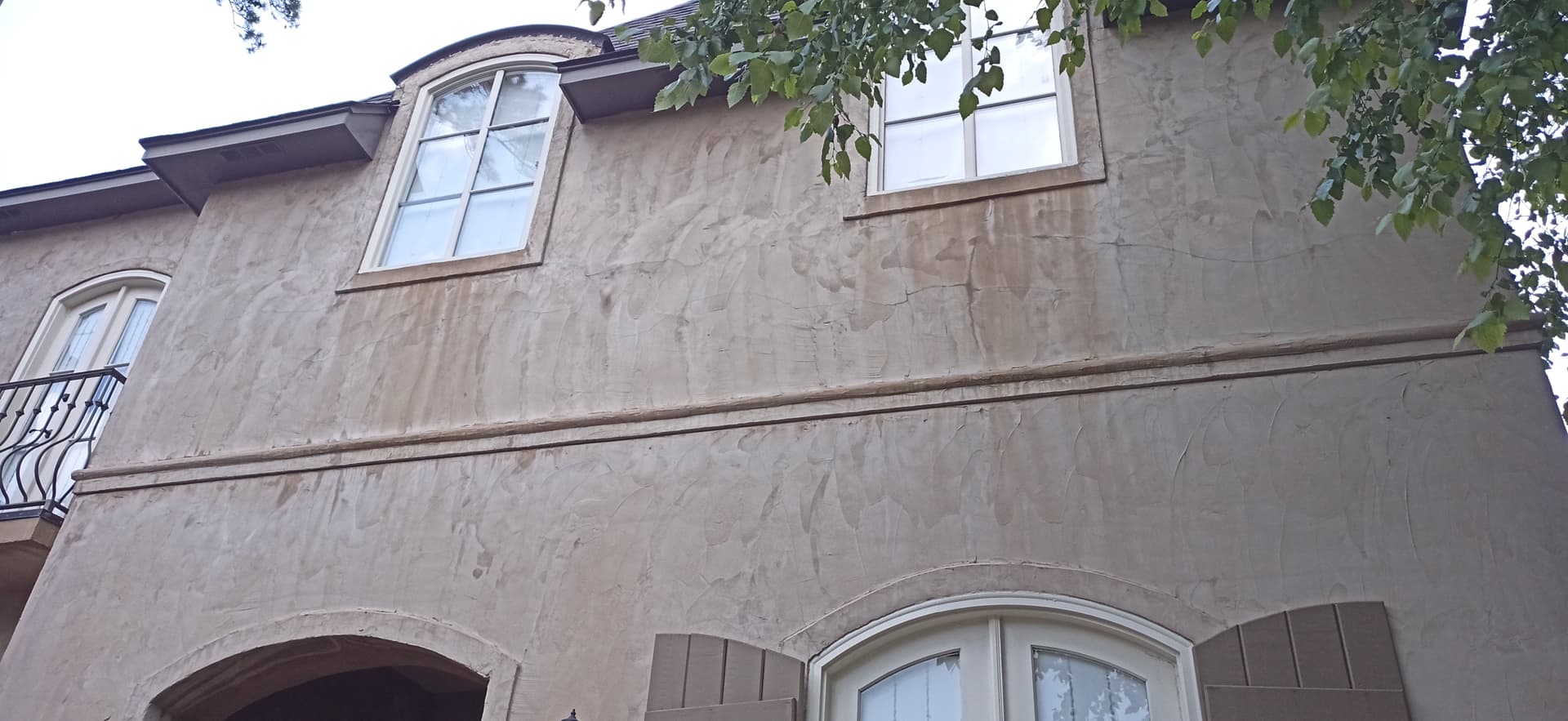
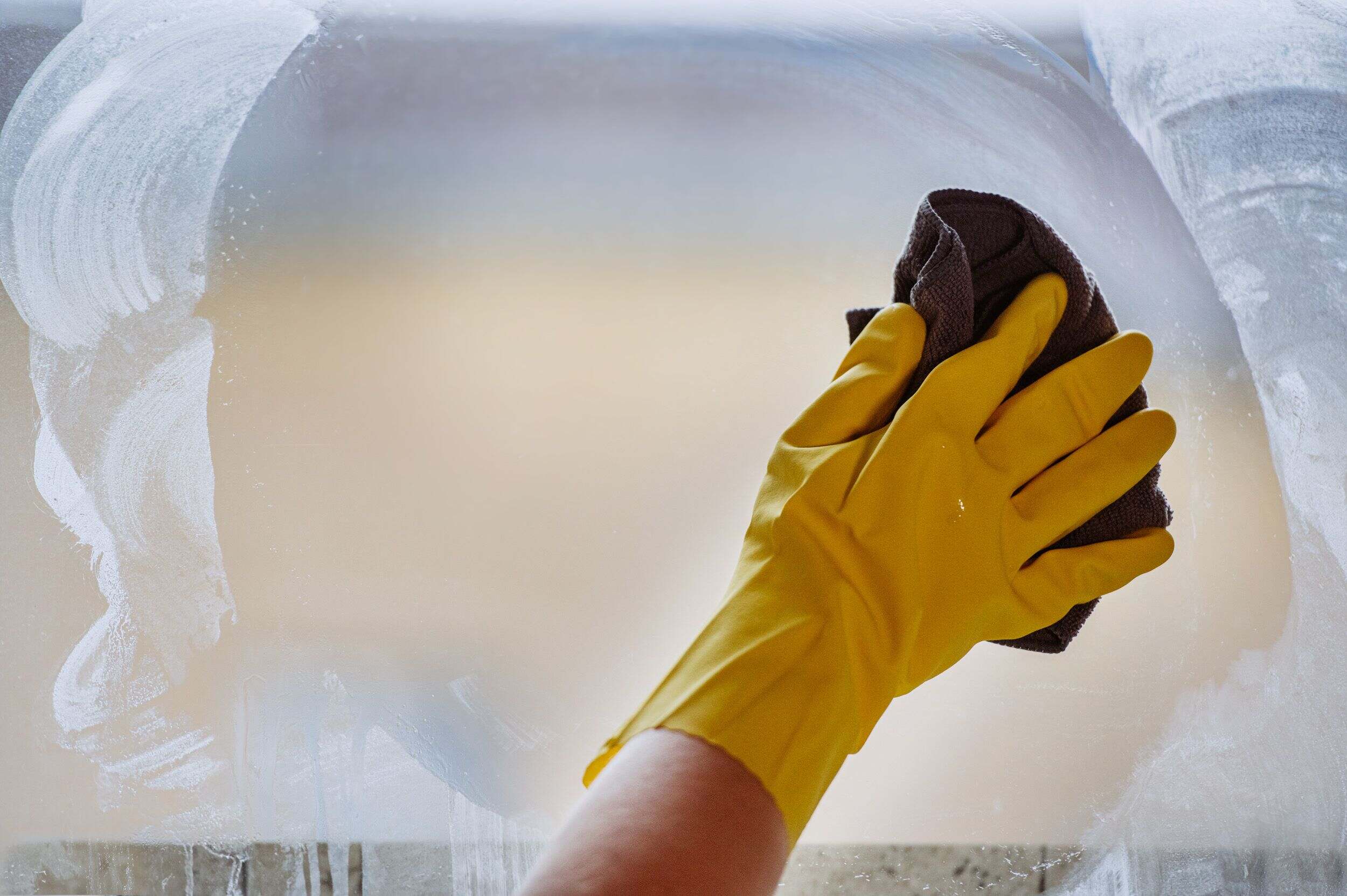
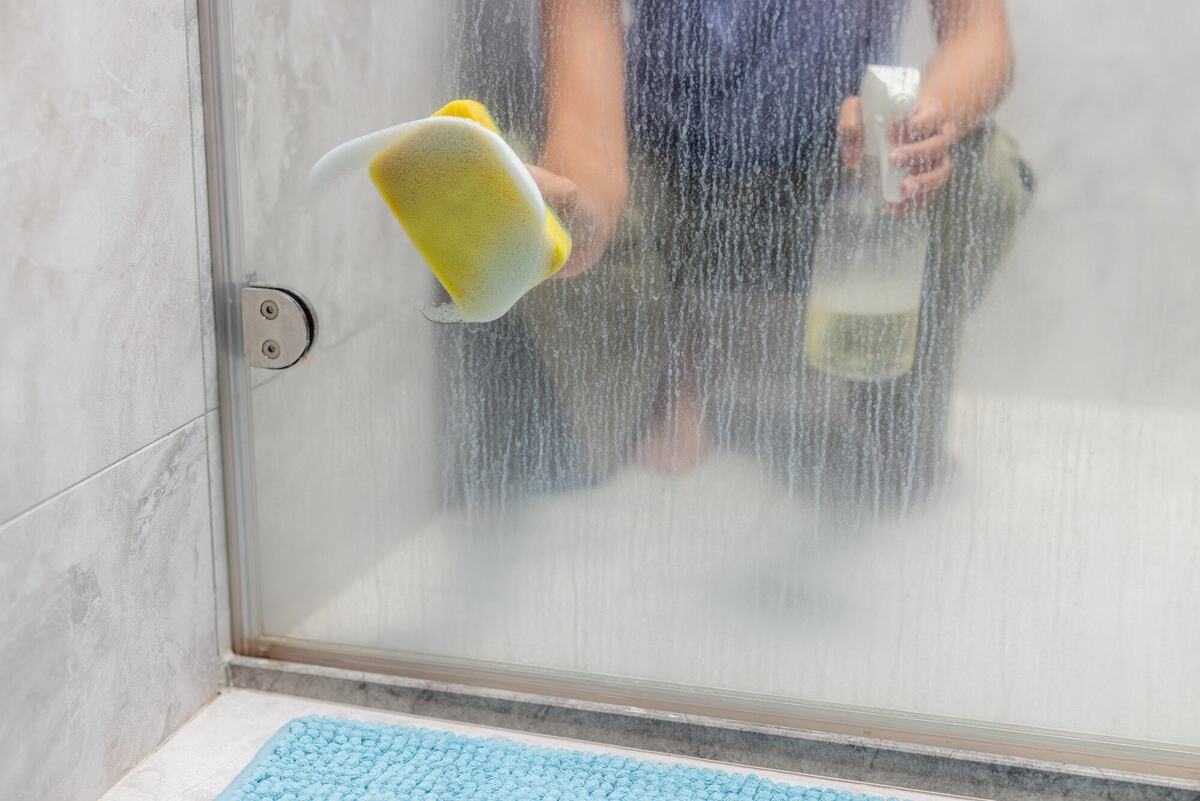
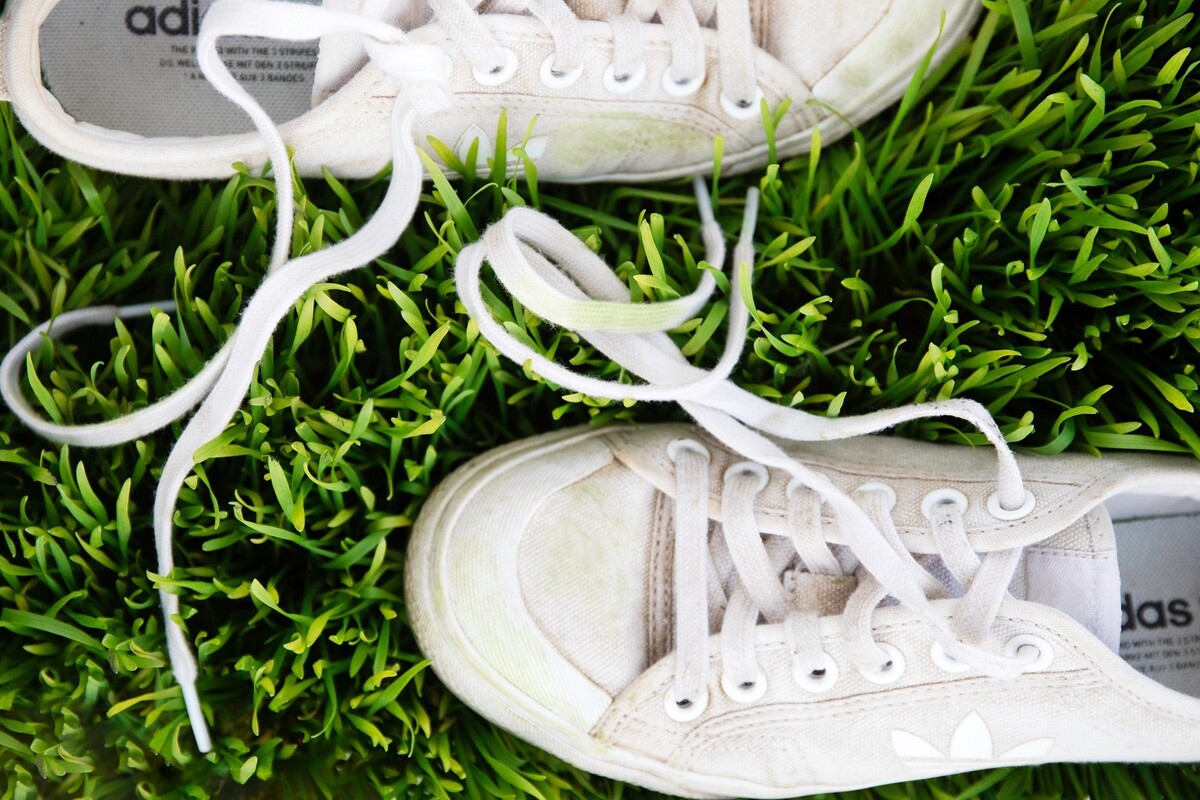
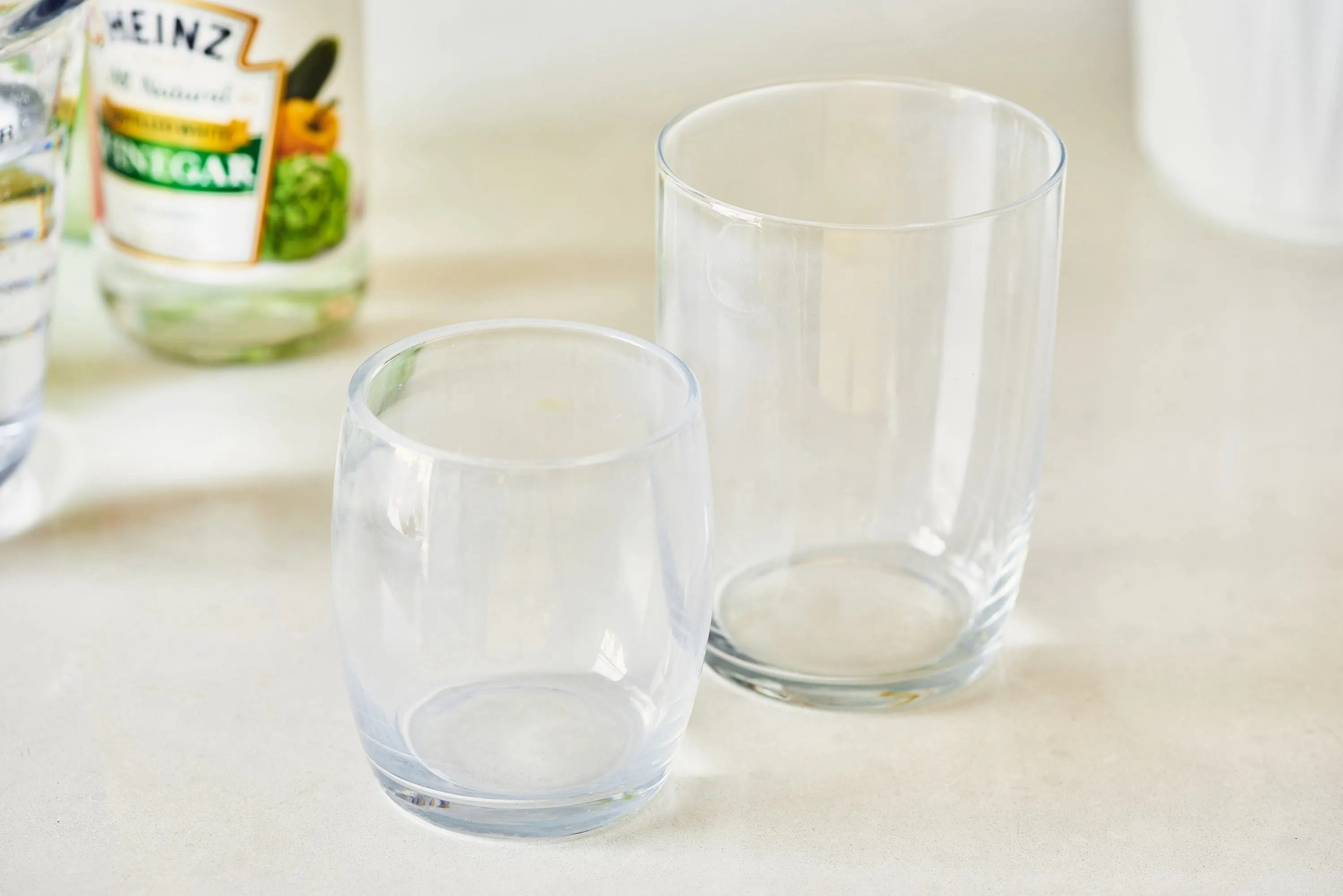

0 thoughts on “How To Remove Chemical Stains From Glass”